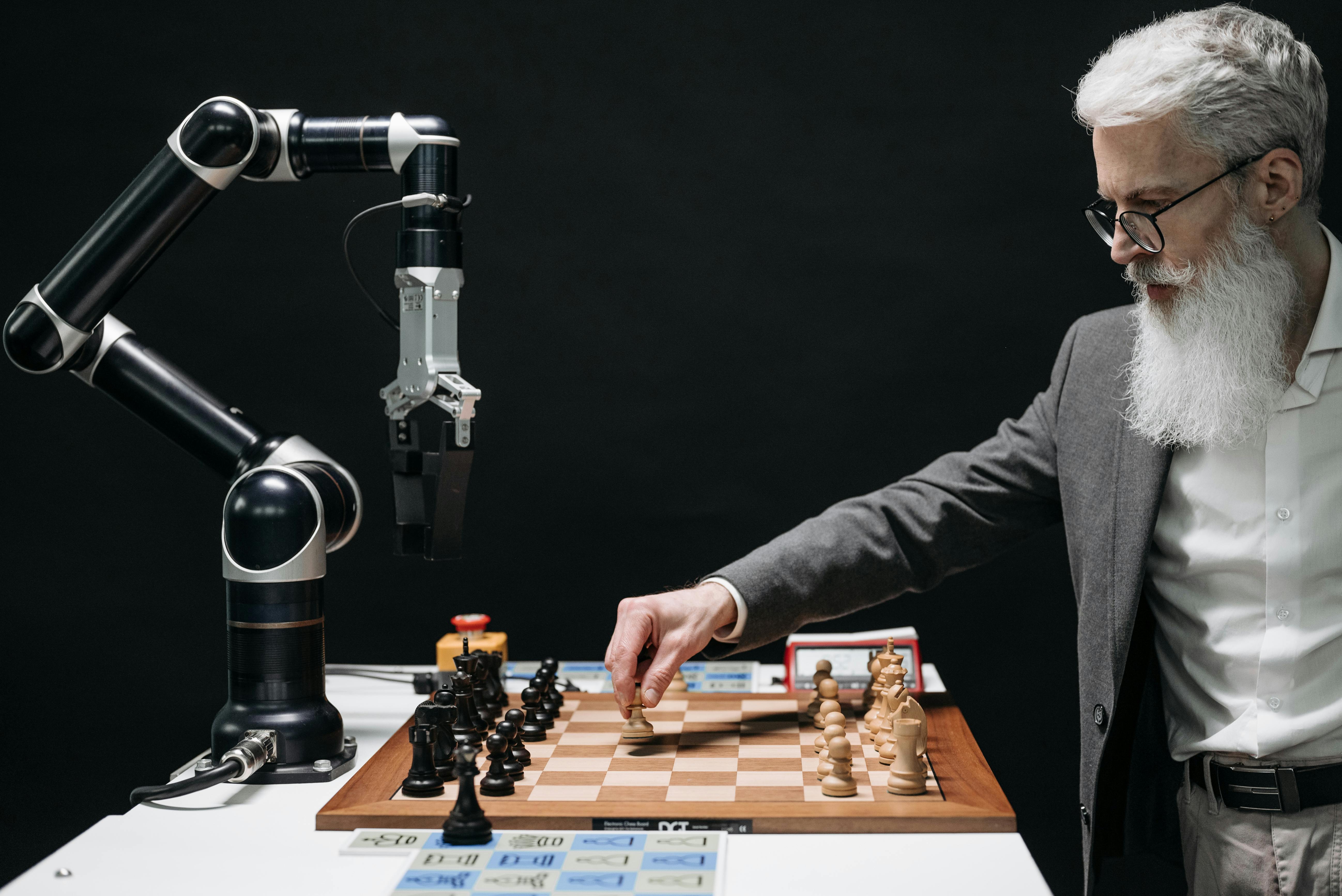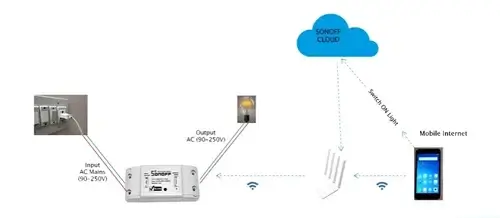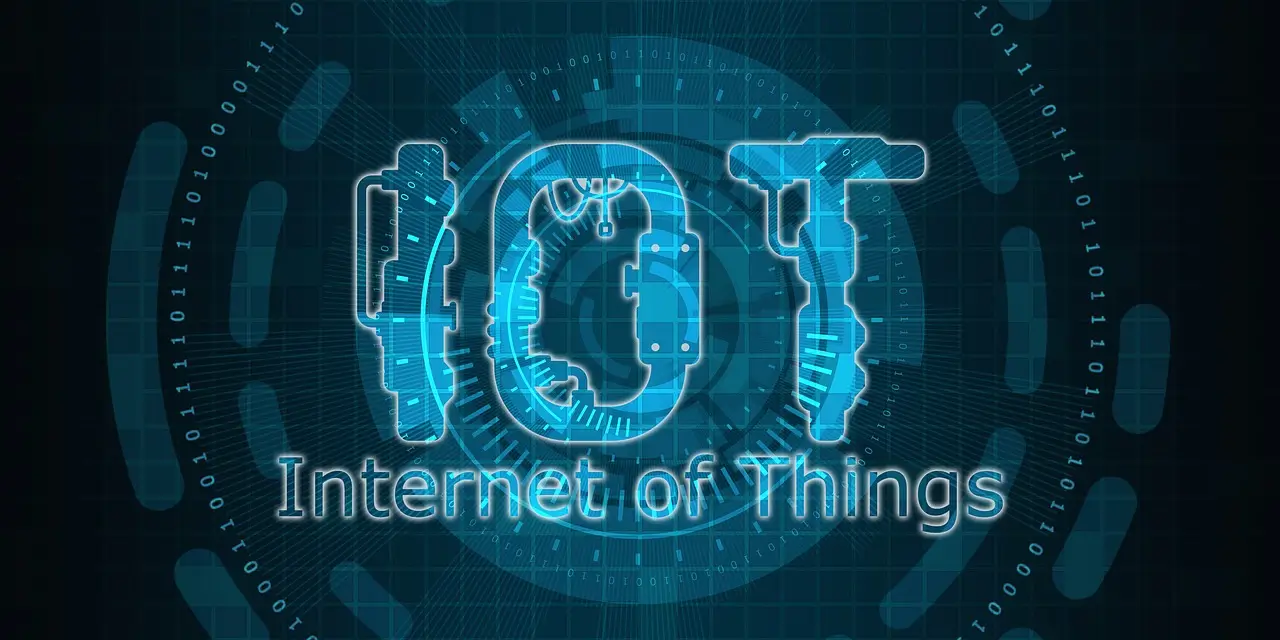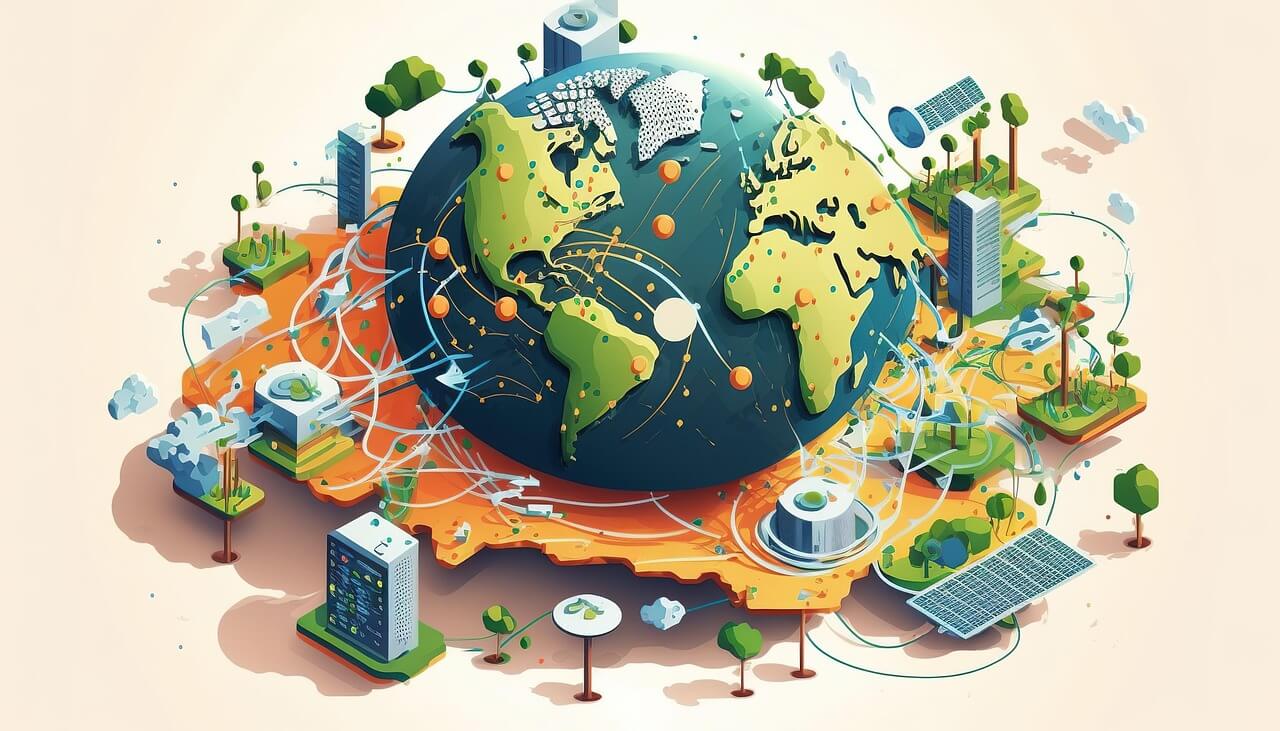AIoT: The Future of Smart Systems
Imagine your home adjusting the thermostat before you even notice the room is cold, or a factory machine predicting a breakdown hours before it happens. Sounds futuristic, right? Well, that’s the magic of AIoT — the combination of Artificial Intelligence (AI) and the Internet of Things (IoT).
By bringing together AI’s analytical power and IoT’s connectivity, AIoT is transforming industries, homes, and everyday life. Let’s explore how this powerful duo works, why it matters, and what it means for the future.
What Is AIoT?
At its core, AIoT is simply AI applied to IoT systems. While IoT devices collect data — like temperature, movement, or machine status — AI analyzes that data to make smarter, faster decisions.
Think of IoT as the senses of a system and AI as the brain. Together, they don’t just see what’s happening — they understand it, predict outcomes, and even act autonomously.
For example, a smart fridge with AIoT can detect when you’re running low on milk, predict how long the current stock will last based on your usage patterns, and even suggest grocery orders before you run out.
Why AIoT Matters
IoT by itself is powerful, but it has limitations. Devices can sense and send data, but without intelligence, that data remains untapped. AIoT changes this by:
- Analyzing massive data streams: AI can process huge amounts of information from connected devices in real time.
- Making predictions: From predicting equipment failures to forecasting energy usage, AI adds foresight to IoT systems.
- Automating decisions: AIoT systems can act on insights immediately, reducing the need for human intervention.
- Optimizing processes: Continuous learning allows systems to improve over time.
Imagine a factory where every machine talks to a central system. IoT sensors collect vibration, temperature, and speed data. AI analyzes it and predicts which machines need maintenance. The system then schedules repairs automatically, reducing downtime and saving money.
Real-World Applications of AIoT
- Smart Homes: AIoT enables intelligent lighting, energy optimization, and security alerts tailored to your habits.
- Healthcare: Wearable devices collect health data while AI predicts potential risks or alerts doctors in emergencies.
- Industry 4.0: Factories monitor production lines in real time, predicting equipment failures and optimizing workflows.
- Smart Cities: Traffic lights adapt to real-time traffic patterns, energy grids optimize usage, and waste management becomes more efficient.
- Agriculture: Sensors track soil moisture and crop health, while AI predicts irrigation schedules and pest risks.
Even everyday devices, like smartwatches, may now use AIoT to track your heart rate, sleep patterns, and activity, providing personalized health advice.
Challenges and Considerations
- Data Privacy: With more devices collecting personal information, security becomes crucial.
- Complexity: Integrating AI with IoT requires careful planning and technical expertise.
- Cost: High-quality sensors, cloud platforms, and AI algorithms can be expensive.
- Connectivity Dependence: AIoT relies on stable networks to function efficiently.
Despite these challenges, the potential benefits far outweigh the hurdles, making AIoT a priority for tech-forward businesses and smart city planners.
The Future of AIoT
The future points to more autonomous and predictive systems. Cars that drive themselves, energy grids that adjust supply based on predicted demand, and healthcare systems that anticipate patient needs — all powered by AIoT.
With machine learning, edge computing, and 5G connectivity, AIoT is set to become even faster, smarter, and more integrated into our daily lives.
Conclusion
AIoT is not just a buzzword; it’s a paradigm shift. By combining the sensing power of IoT with the intelligence of AI, we can create systems that are not only aware of their environment but also understand it, predict changes, and take action.
From smart homes to smart factories and cities, AIoT is quietly transforming the way we live, work, and interact with the world. It’s the dawn of a smarter, more connected future.




